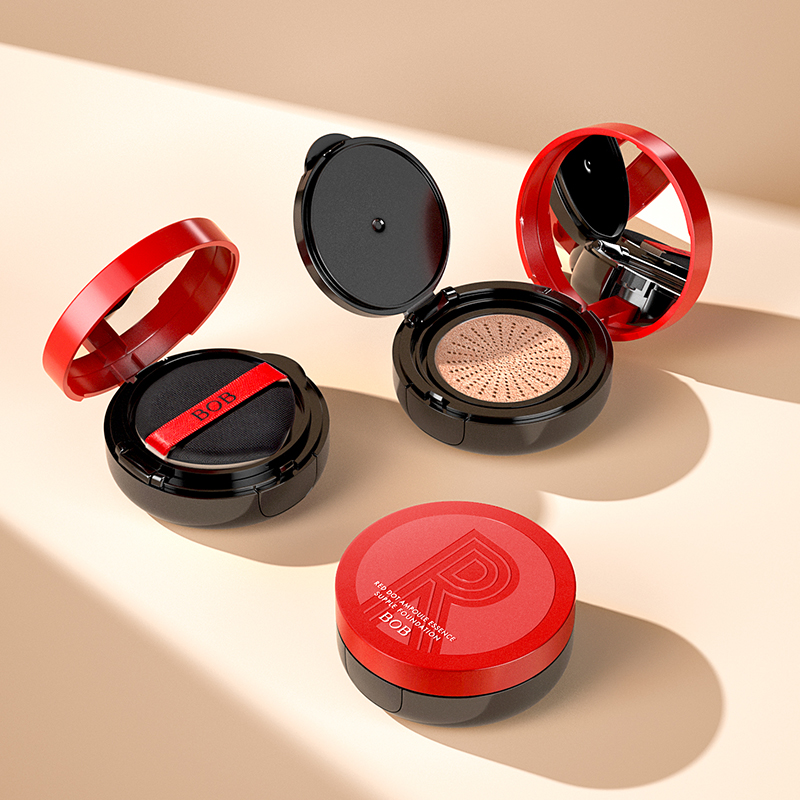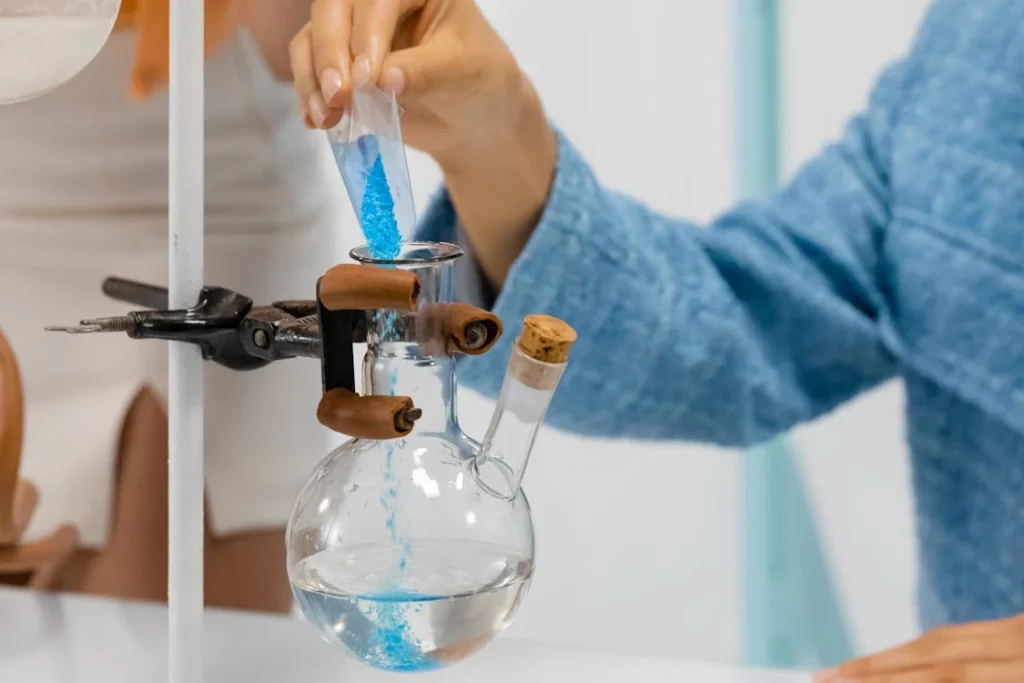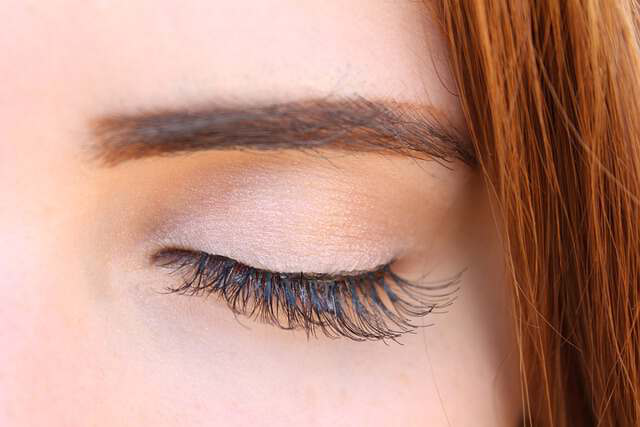Вы когда-нибудь задумывались, как ваши любимые тени для век попадают с фабрики в вашу косметичку?? Являетесь ли вы ценителем красоты, владелец магазина косметики или просто любопытно, Понимание того, как производятся тени для век, похоже на заглядывание за кулисы грандиозного шоу.. Здесь наука встречается с искусством, качество сочетается с креативностью.
Обзор индустрии теней для век

Прежде чем мы углубимся в подробности процесса производства теней для век., давайте поближе посмотрим на саму отрасль. Мировой рынок косметики для глаз находится на заметной восходящей траектории.. По прогнозам, он будет расти совокупными ежегодными темпами роста. (Среднегодовой темп роста) из 6.80% от 2024 к 2031. Рынок, стоимость примерно в долларах США 11.50 миллиард в 2023, ожидается, что он достигнет доллара США 19.46 миллиард на 2031. (источник: marketandata.com)
Этот рост обусловлен развитием предпочтений потребителей в отношении более ярких и инновационных продуктов.. Крупные бренды постоянно расширяют границы возможного, представляем новые формулы и оттенки, которые очаровывают любителей красоты. Кроме того, наблюдается заметный сдвиг в сторону чистой красоты, с растущим спросом на натуральные и экологически чистые тени для век. Для всех, кто интересуется косметической индустрией., очень важно идти в ногу с этими тенденциями. Это не только подчеркивает динамичный характер рынка, но и подчеркивает важность инноваций для удовлетворения потребительского спроса..
Так почему вас должно волновать, как производятся тени для век?? Хорошо, Знание всех тонкостей может помочь вам оценить усилия, затрачиваемые на создание идеального оттенка и текстуры.. Плюс, это может повлиять на ваш выбор как потребителя: понимание ингредиентов и методов производства поможет вам создавать продукцию более высокого качества и принимать более правильные решения..
Сырье, используемое при производстве теней для век
Сейчас, давайте углубимся в основные ингредиенты, которые дают тени для век его блеск и сияние. От ярких пигментов, создающих ослепительные оттенки, до связующих, обеспечивающих плавное нанесение., Каждый ингредиент играет решающую роль в создании идеальных теней для век..
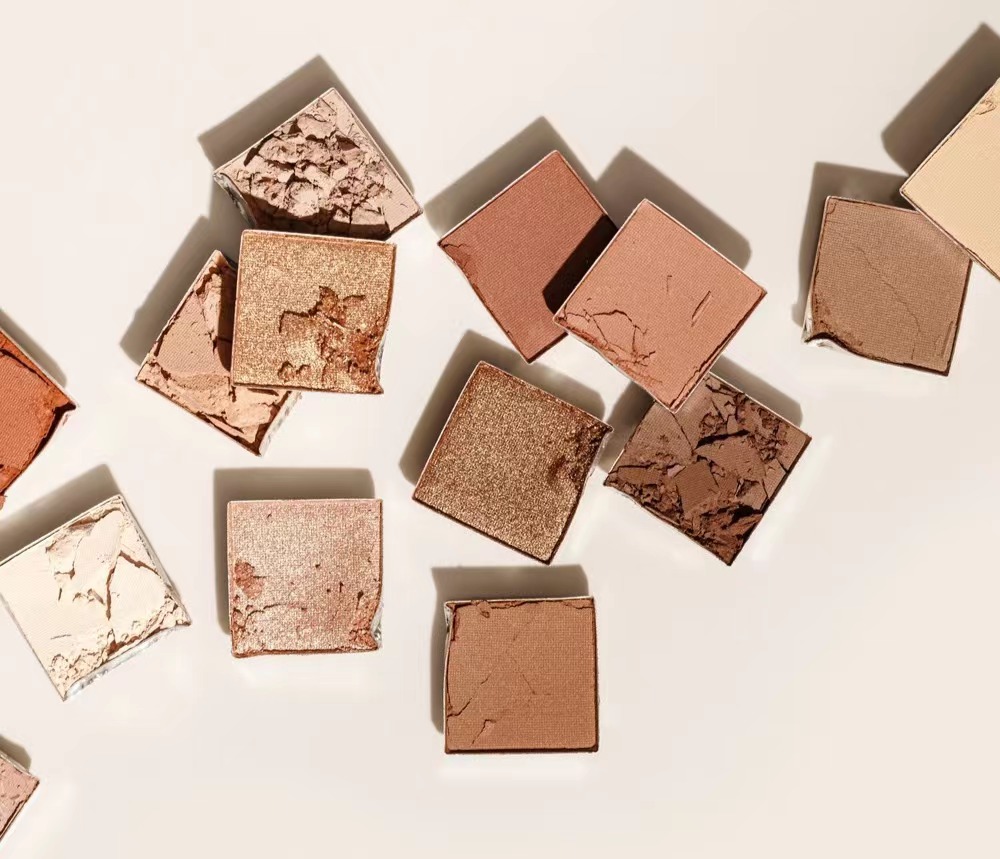
Пигменты и красители
Пигменты — сердце теней для век. Они придают ему цвет и яркость.. Из богатых, от глубоких оттенков до игривых пастелей, пигменты бывают разных форм, включая натуральные и синтетические. Естественный пигменты могут происходить из минералов или растений, пока синтетический предлагают более широкий спектр оттенков. Оба типа имеют свои уникальные преимущества и выбираются исходя из желаемого конечного результата..
Связующие
Связующие подобны клею, который скрепляет все вместе. Они гарантируют, что тени для век останутся неповрежденными и будут равномерно наноситься.. Без переплетов, ваши тени для век могут рассыпаться или плохо прилегать к коже.. Обычные связующие включают такие ингредиенты, как тальк и слюда., которые также влияют на текстуру и ощущение продукта.
Наполнители
Филлеры добавляют объем и корректируют текстуру теней.. Они могут повлиять на то, как продукт ощущается на вашей коже и как он наносится.. Такие ингредиенты, как кремнезем и каолиновая глина, являются популярными наполнителями, которые обеспечивают гладкое нанесение и помогают контролировать блеск..
Добавки и консерванты
Чтобы сохранить тени для век свежими и безопасными, производители косметики добавить консерванты и другие добавки. Эти ингредиенты продлевают срок годности и предотвращают загрязнение.. Они необходимы для поддержания качества продукта в течение длительного времени., гарантируя, что вы получите максимальную отдачу от своих теней для век.
Процесс производства теней для век
Сейчас, давайте углубимся в пикантные подробности того, как тени для век производятся на косметической фабрике! От первоначальной рецептуры до окончательной упаковки, Каждый шаг в процессе производства теней для век имеет решающее значение для создания идеального продукта..
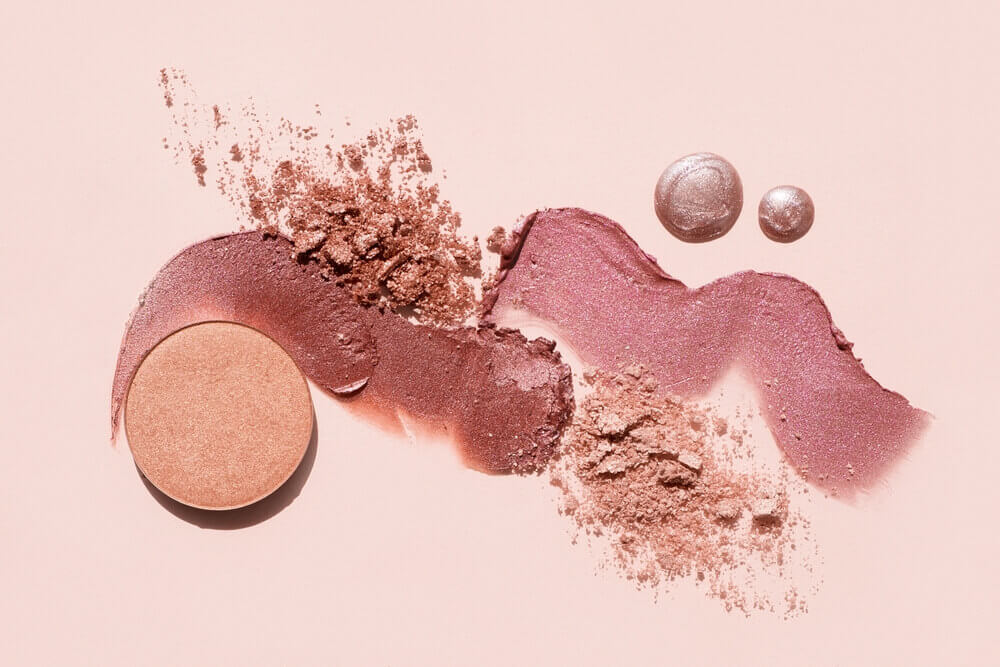
1. Разработка рецептуры
Любые тени для век начинаются с рецептуры. Этот этап включает в себя создание идеальной смеси ингредиентов для достижения желаемого цвета., текстура, и производительность. Это процесс проб и ошибок, где составы корректируются и тестируются до тех пор, пока они не будут соответствовать желаемым стандартам.
2. Смешивание и смешивание
Как только формулировка установлена, пришло время смешивать и смешивать. Высокотехнологичное оборудование гарантирует, что пигменты, связующие, наполнители, и добавки тщательно перемешаны. Этот этап имеет решающее значение для достижения однородного цвета и текстуры в разных партиях..
3. Формование и прессование
В зависимости от типа теней — пудра, крем, или жидкий — процесс формования и прессования различается. Для пудровых теней, смесь прессуется в кастрюли, чтобы сформировать знакомую компактную массу. Кремы и жидкости разливают по емкостям., часто с уникальными аппликаторами для повышения удобства использования.
4. Упаковка и маркировка
Виды упаковки
Упаковка – это больше, чем просто эстетика; речь идет о защите продукта и обеспечении его удобства для пользователя.. Различные типы дизайн упаковки, от изящных компактов до элегантных баночек, не только повысить привлекательность продукта, но и обеспечить его целостность и пригодность к использованию..
Требования к маркировке
Этикетки предназначены не только для внешнего вида — они выполняют важные функции.. Они должны соответствовать нормативным стандартам, предоставление информации об ингредиентах, использование, и безопасность. Кроме того, эффективный брендинг и маркетинг на этикетках помогают потребителям сделать осознанный выбор и установить связь с продуктом..
5. Контроль качества
Контроль качества это финальная точка процесса создания теней для век.. Здесь, тени для век проходят тщательное тестирование, чтобы гарантировать, что они соответствуют всем стандартам безопасности и эффективности.. От проверки ингредиентов до окончательного тестирования продукта, каждый шаг гарантирует, что то, что окажется в вашей косметичке, безопасно, эффективный, и сказочный.
Заключение
Понимание процесса производства теней для век раскрывает сложную работу, стоящую за этим маленьким горшком с цветом.. От тщательного выбора ингредиентов до детальных методов производства., каждый шаг способствует созданию конечного продукта, который вы обожаете. В следующий раз, когда ты нанесешь свой любимый оттенок, вы сможете оценить мастерство и науку, которые воплотили его в жизнь.
Часто задаваемые вопросы
1. Каковы основные ингредиенты теней для век??
Основные ингредиенты теней для век включают пигменты. (для цвета), связующие (для текстуры), наполнители (для оптовой продажи), и добавки/консерванты (для стабильности и безопасности).
2. Сколько времени занимает производство теней для век на фабрике?
The производственный процесс может варьироваться, но обычно от разработки рецептуры до конечного продукта проходит несколько недель.. Это включает в себя тестирование и контроль качества..
3. Можно ли сделать тени для век без синтетических ингредиентов?
Да, он может! Во многих рецептурах теней для век используются натуральные пигменты и ингредиенты.. Однако, синтетические компоненты могут предложить более широкий диапазон цветов и более стабильные результаты..
4. Что обеспечивает качество теней для век?
Качество обеспечивается строгими процессами контроля качества., включая проверку ингредиентов, тестирование на безопасность и производительность, и соблюдение нормативных стандартов.
5. Как решается проблема воздействия производства теней на окружающую среду?
Многие производители сейчас уделяют особое внимание экологически чистым практикам., например, использование экологически чистых ингредиентов, перерабатываемая упаковка, и сокращение отходов в производственных процессах.




